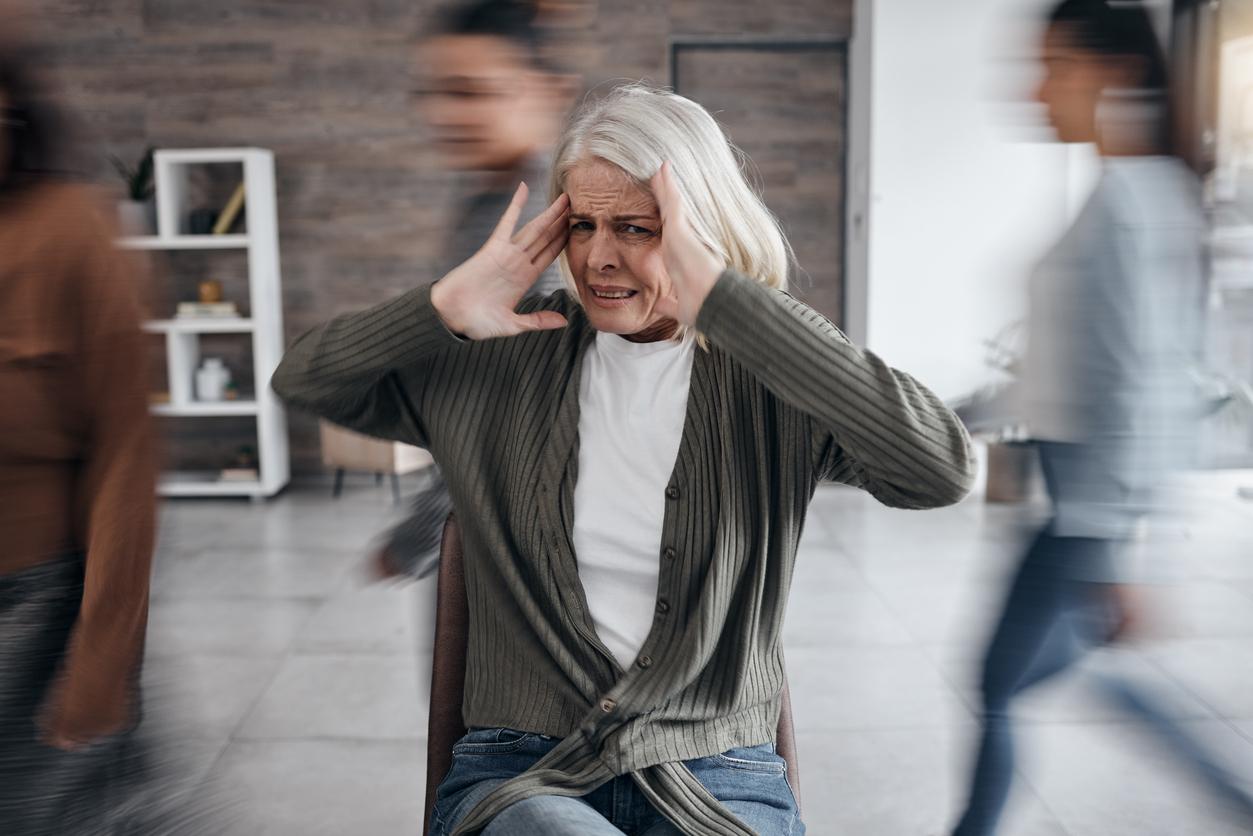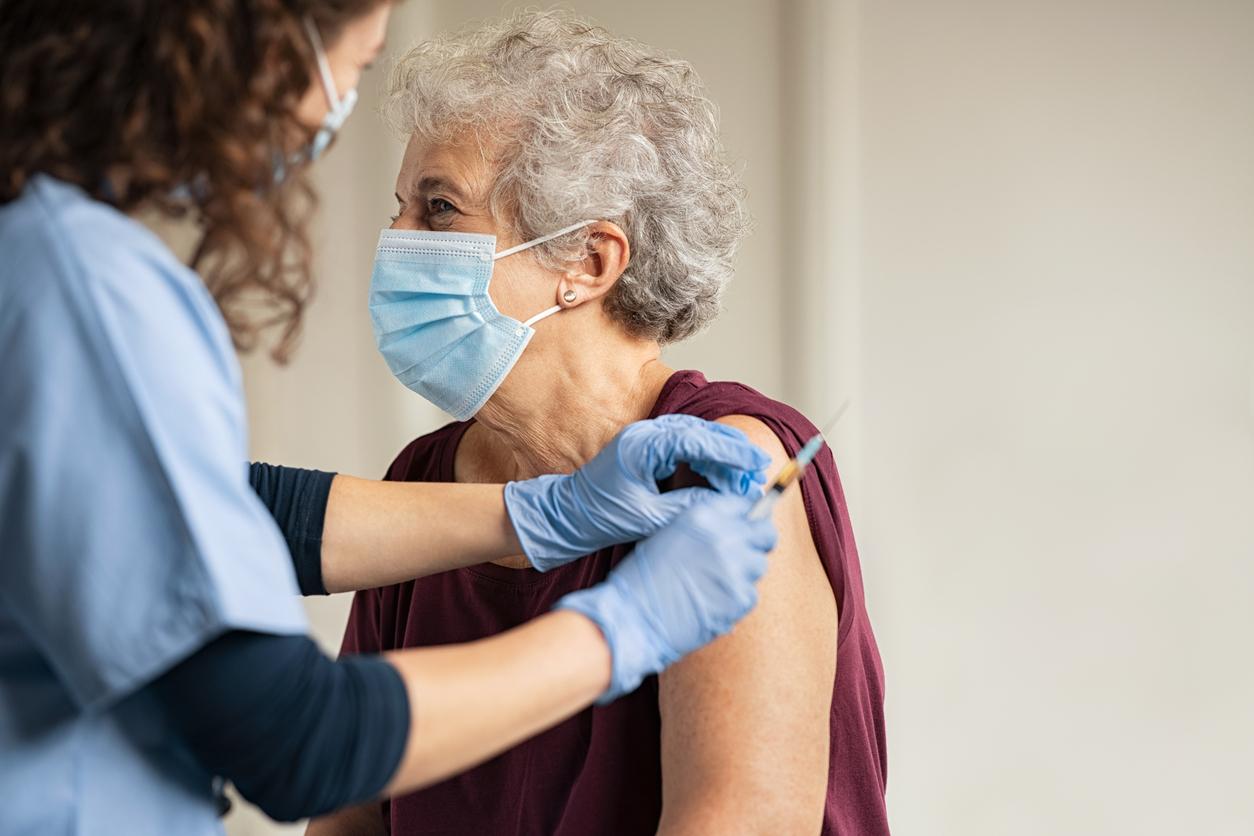La Drees publishes a report on hospital emergencies in France. More and more seniors are using these services.

Who are the seniors who go to the emergency room? The DREES (Directorate of Research, Studies, Evaluation and Statistics) publishes the results of an investigation on hospital emergencies carried out in 2013 in French establishments. This work, presented at a conference in November 2014, focuses in particular on the elderly and their experience in emergencies, while this population is increasingly numerous within these services.
Well-informed patients
On June 11, 2013, a “patient questionnaire” was distributed to patients passing through the emergency rooms in order to collect their feelings and their journey. Of the 50,000 questionnaires distributed, seniors (75 years and over) represented 12% of patients, or 6,000 people, with an over-representation of women (60%).
First observation: “the elderly take a lot more steps in the 24 hours before going to the emergency room”, explain the authors of the study. Thus, 60% of seniors questioned that day sought advice from a third party (doctor, pharmacist, etc.) before heading to the hospital, against only a third of 15-74 year olds.
Longer stays, frequent hospitalizations
Whatever the age of the patients, emergency room admissions are primarily for trauma injuries. This being the case, while this type of care concerns 35% of 15-74 year olds, it only represents 22% of admissions by the elderly. In fact, the latter come for more varied reasons such as cardiovascular, neurological or respiratory disorders.
Overall, the emergency room visits for seniors are longer than those for the rest of the population. Thus, on June 11, 2013, almost 60% of the elderly remained more than 4 hours in the service, against 30% of 15-74 year olds. Moreover, these emergency room stays tend to end in hospitalization. More than half (56%) of seniors have been hospitalized, while three quarters of 15-74 year olds have returned home after their adventure in the emergency room.
“We plan to continue this study in several ways,” explained the authors at the November conference. First, we would like to set up a typology of patients aged 75 or over. Then, we would like to go further on the study of the determinants of emergency department times for the elderly. Finally, we would like to analyze the geographical disparities in the care of the elderly ”. To be continued, therefore.
.















